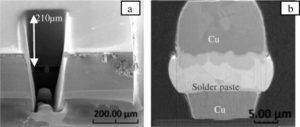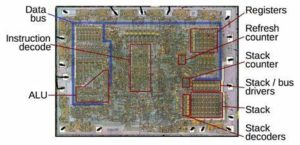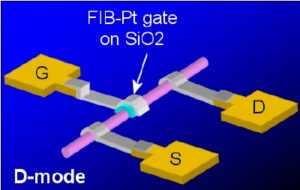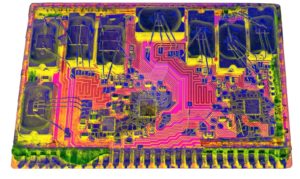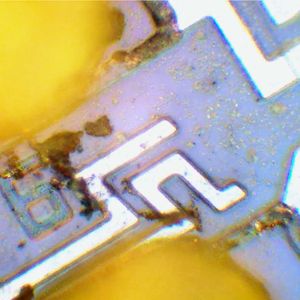Clone Chip ATmega2560P Source Code
Clone Chip ATmega2560P Source Code and copy the embedded content inside MCU ATmega2560P program memory to new microcontroller, reverse engineering microcontroller to findout the location of fuse bit of atmega2560p;
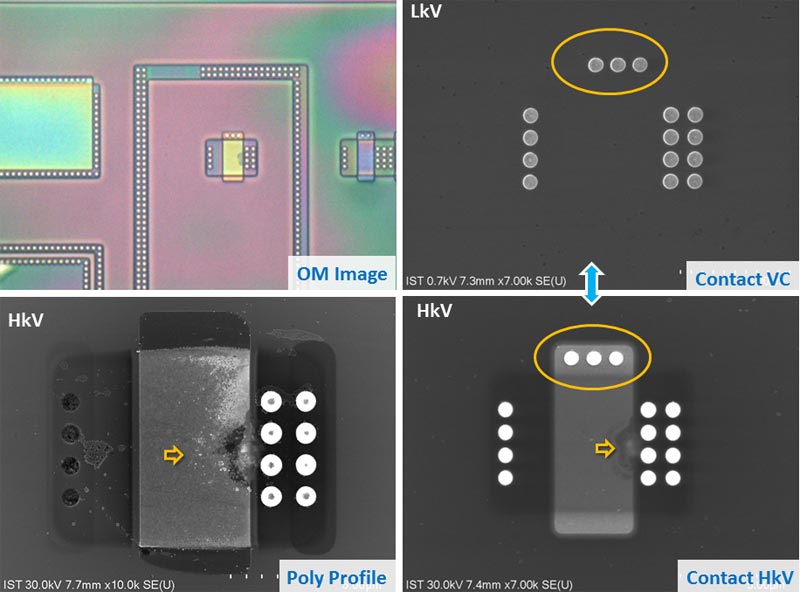
The ATmega2560P has three lock bits that can be left unprogrammed (U) or can be programmed (P) to obtain the additional features listed in the following table.
When lock bit 1 is programmed, the logic level at the EA pin is sampled and latched during reset. If the device is powered up without a reset, the latch initializes to a random value and holds that value until reset is activated if microcontroller firmware can be recovered.
The latched value of EA must agree with the current logic level at that pin in order for the device to function properly. Once programmed, the lock bits can only be unprogrammed with the Chip Erase operations in either the parallel or serial modes.
Atmel’s ATMEGA2560P Flash Microcontroller offers 12K bytes of in-system reprogrammable Flash Code memory. The ATMEGA2560P is normally shipped with the on-chip Flash Code memory array in the erased state (i.e. contents = FFH) and ready to be programmed.
This device supports a High-Voltage (12V) Parallel programming mode and a Low- Voltage (5V) Serial programming mode. The serial programming mode provides a convenient way to download the AT89S53 inside the user’s system.
The parallel programming mode is compatible with conventional third party Flash or EPROM programmers. The Code memory array occupies one contiguous address space from 0000H to 2FFFH when attack mcu chip.
The Code array on the ATMEGA2560P is programmed byte-by-byte in either programming mode. An auto-erase cycle is provided with the self-timed programming operation in the serial programming mode. There is no need to perform the Chip Erase operation to reprogram any memory location in the serial programming mode unless any of the lock bits have been programmed.
In the parallel programming mode, there is no auto-erase cycle. To reprogram any non-blank byte, the user needs to use the Chip Erase operation first to erase the entire Code memory array.
To program and verify the AT89S53 in the parallel programming mode, the following sequence is recommended:
- Power-up sequence:
Apply power between VCC and GND pins. Set RST pin to “H”. Apply a 3 MHz to 24 MHz clock to XTAL1 pin and wait for at least 10 milliseconds.
- Set PSEN pin to “L” ALE pin to “H” EA pin to “H” and all other pins to “H” .
- Apply the appropriate combination of “H” or “L” logic levels to pins P2.6, P2.7, P3.6, P3.7 to select one of the programming operations shown in the Flash Programming Modes table.
- Apply the desired byte address to pins P1.0 to P1.7 and P2.0 to P2.5.
Apply data to pins P0.0 to P0.7 for Write Code operation.
- Raise EA/VPP to 12V to enable Flash programming, erase or verification.
- Pulse ALE/PROG once to program a byte in the Code memory array, or the lock bits. The byte-write cycle is self-timed and typically takes 1.5 ms .
- To verify the byte just programmed, bring pin P2.7 to “L” and read the programmed data at pins P0.0 to P0.7.
Tags: clone chip archive,clone chip binary,clone chip code,clone chip content,clone chip data,clone chip eeprom,clone chip file,clone chip firmware,clone chip heximal,clone chip information,clone chip memory,clone chip program


